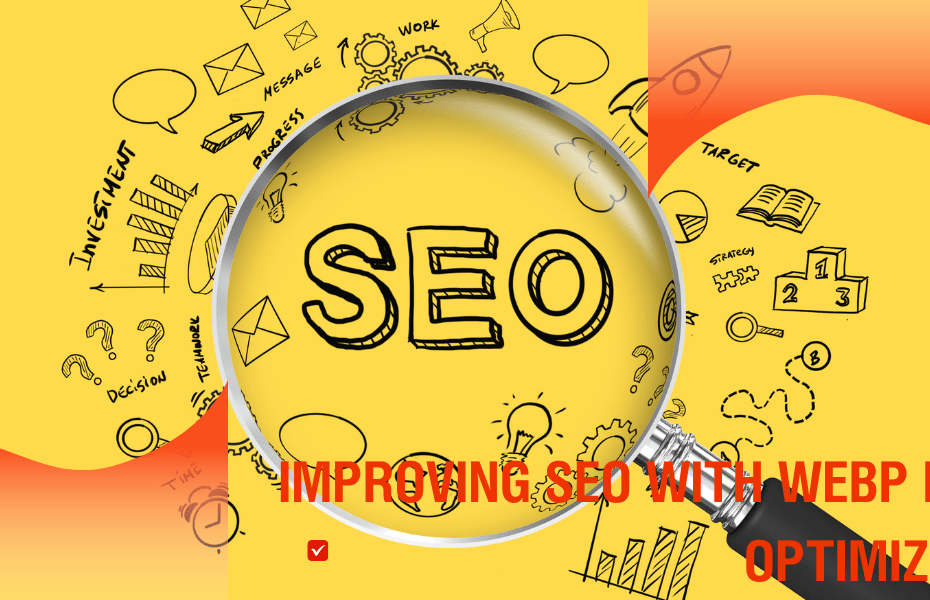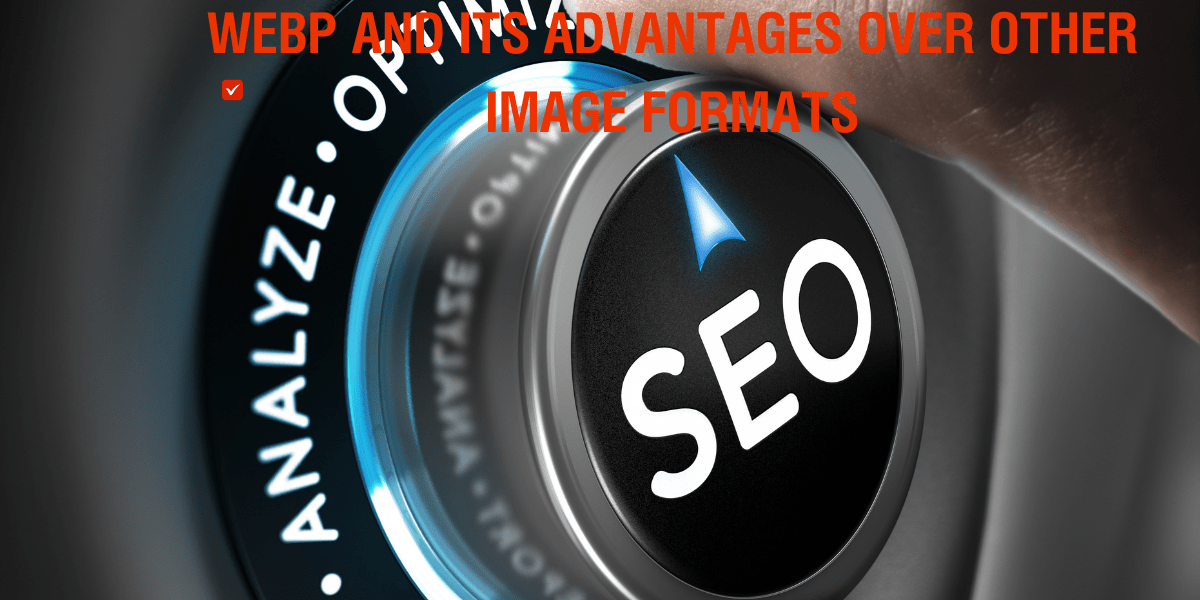Do you want to convert an image from Avif / JPG PNG to WebP? Looking for a free online application? WebP is an image format developed by Google that aims to make the web faster by reducing image file sizes. Think of it as making website pictures load quicker and using less data.
Unlike traditional formats like JPEG or PNG, WebP is known for maintaining high-quality visuals while keeping the file size significantly smaller.
JPG, WebP, or AVIF? Which Format is Right for You?
How WebP Achieves Better Compression and Smaller File Sizes
WebP utilizes advanced compression techniques that analyze image components and determine how to reduce file size without noticeably compromising image quality. It’s like packing a suitcase more efficiently – fitting more into the same space without squishing your clothes.
Compatibility of WebP with Different Browsers and Platforms
Initially, WebP was not supported by all browsers, but that’s changing. Most modern browsers, including Google Chrome, Firefox, Edge, and Safari, now support WebP. However, some older versions and specific browsers might not, so it’s essential to have a backup plan (like using a JPEG or PNG version) for those cases.
Boost Website Performance with WebP: Why It Matters
WebP is a powerful image format that can significantly improve your website’s speed and performance. It allows you to convert an image into a smaller file size without sacrificing quality, enhancing user experience and reducing load times. This speed boost not only keeps visitors engaged longer but also supports better SEO, as search engines prioritize faster-loading sites.
Many leading platforms, such as Google and Facebook, already convert images to WebP to display content efficiently.
Compared to JPEG and PNG, WebP delivers superior compression—often 30% smaller—while supporting both transparency and lossless quality. To future-proof your website, convert an image to WebP and enjoy faster, more optimized content delivery across all devices.
Image Format Converter & Resizer
Step 1: Convert PNG, JPG or AVIF to WebP or JPG
Step 2: Select size to Resize - Press Original Size to change
Step 3: Press Converted file to download
Tools and Libraries Available Convert an Image
There are several Tools for converting images to WebP available:
- Google’s WebP Converter: Google’s official tool for converting images to WebP.
- Image Editing Software: Adobe Photoshop, GIMP, and other image editors now support WebP.
- Online Tools: Websites like CloudConvert or EZGIF offer easy conversion to WebP.
JPG/PNG to WebP Format & Resizer: On-line tool to convert and resize the image
Tips for Optimizing WebP Images for Better Loading Speed
- Choose the Right Compression: Decide between lossy and lossless compression based on your needs.
- Resize Your Images: Don’t use images that are larger than necessary. Resize them to the correct dimensions for your website.
- Use Responsive Images: Serve different image sizes for various devices to ensure fast loading times on both desktops and mobiles.
Potential Challenges or Limitations of Using WebP
While WebP is powerful, it’s not without challenges:
- Browser Support: Not all browsers support it, so you might need to provide fallbacks in other formats.
- Editing and Creation Tools: Not all image editing tools support WebP natively, although this is improving.
- Complexity in Implementation: Implementing a setup where you serve WebP to supported browsers and fallbacks to others can be complex and might require some technical know-how.
In conclusion (webp to png, webp to jpg, png to webp, jpg to webp), WebP is a modern image format with significant file size and loading speed advantages, making it an excellent choice for improving website performance. As browser support grows and tools for working with WebP become more widespread, its adoption will likely increase, making the web faster and more efficient for everyone.
Improving SEO with WebP Image Optimization – Convert an Image / WebP Converter
Optimizing your website images with WebP format is a strategic move to enhance SEO, speed up page load times, and improve user experience. WebP, a modern image format developed by Google, offers superior compression and quality characteristics compared to traditional formats like JPEG and PNG.
How WebP Boosts SEO
| Benefit | Description |
|---|---|
| Faster Page Load Times | WebP images are significantly smaller in file size without sacrificing quality, so they load faster than their JPEG or PNG counterparts (webp, webp to png, webp to jpg, png to webp, jpg to webp). Faster page load times are critical for SEO as they directly impact user experience. Search engines, notably Google, prioritize websites that load quickly. This is even more crucial on mobile devices, where speed significantly increases user retention and engagement. |
| Improved User Experience | User experience is a pivotal aspect of SEO. WebP’s ability to maintain high-quality visuals at reduced file sizes means that users can enjoy crisp, clear images without the frustration of slow loading times. Faster loading images can reduce bounce rates and increase users’ time on your site, which are positive signals to search engines. |
| Enhanced Mobile Performance | With the increasing prevalence of mobile browsing, your site’s mobile performance can significantly affect your SEO. Mobile pages need to be lightweight and fast. WebP’s efficient compression helps achieve quicker mobile load times, enhancing user experience and supporting your site’s SEO on mobile search results. |
| Increased Page Speed Scores | Tools like Google’s PageSpeed Insights and Lighthouse factor in image optimization when calculating page speed scores. Using WebP can help improve these scores by reducing the load time of images. Higher scores can lead to better search engine rankings, as page speed is a known ranking factor. |
| Broad Browser Compatibility | Although WebP was initially supported primarily by Chrome, it is now widely supported across major browsers, including Firefox, Edge, and Safari. This broad compatibility ensures that most of your site’s visitors can benefit from faster-loading images, irrespective of their browser choice. |
SEO Best Practices for Using WebP |
|
|
|
Conclusion – Convert an Image for Smarter Optimization / Better SEO
To stay ahead in SEO and deliver a seamless user experience, it’s essential to convert an image into modern formats like WebP. Doing so significantly reduces file size while preserving quality—leading to faster load times, improved page speed, and higher search engine rankings.
Whether you’re managing a blog, portfolio, or e-commerce site, strategically converting an image can have a measurable impact on engagement and bounce rates.
Conclusion – Convert an Image, please, for Smarter Optimization.
Share this:
- Click to share on Facebook (Opens in new window) Facebook
- Click to share on Pinterest (Opens in new window) Pinterest
- Click to share on LinkedIn (Opens in new window) LinkedIn
- Click to share on X (Opens in new window) X
- Click to share on Tumblr (Opens in new window) Tumblr
- Click to share on Bluesky (Opens in new window) Bluesky

